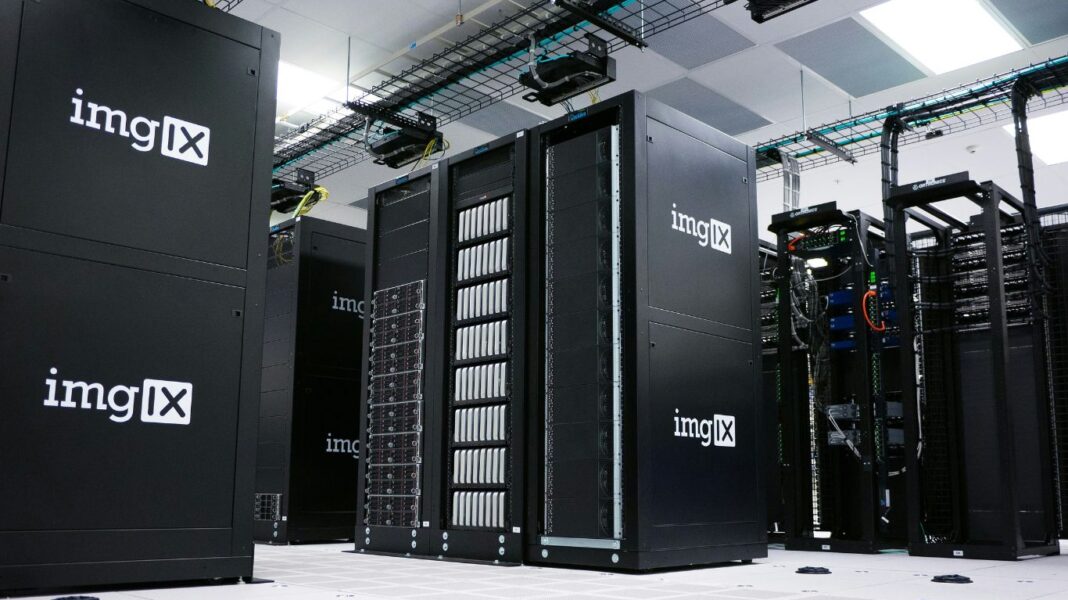Networking is an essential component of today’s interconnected world, enabling seamless communication and data exchange between devices and systems. From personal devices to corporate infrastructures, networking plays a critical role in ensuring efficient and reliable connectivity. This comprehensive guide delves into the basics of networking, its importance, and the latest trends shaping its future.
What is Networking?
Networking refers to the practice of connecting computers and other devices to share resources and information. This connectivity can be achieved through wired connections (like Ethernet cables) or wireless technologies (such as Wi-Fi). Networks can vary in size and scope, ranging from small local area networks (LANs) within a home or office to vast wide area networks (WANs) that span cities, countries, or even continents.
Key Components of Networking
- Hardware: This includes devices like routers, switches, hubs, and network interface cards (NICs) that facilitate connectivity and data transfer.
- Software: Networking software, including operating systems and applications, manages network resources and ensures efficient communication between devices.
- Protocols: Networking protocols, such as TCP/IP, define the rules and conventions for data exchange, ensuring reliable and secure communication.
Types of Networks
- Local Area Network (LAN): A LAN connects devices within a limited area, such as a home, office, or building. It enables resource sharing, such as printers and files, and supports communication among connected devices.
- Wide Area Network (WAN): A WAN covers a larger geographic area, connecting multiple LANs. The internet is the largest WAN, facilitating global communication and information exchange.
- Wireless Networks: These networks use wireless technologies, like Wi-Fi, to connect devices without physical cables. They offer flexibility and convenience, especially for mobile devices.
Importance of Networking
- Resource Sharing: Networking allows multiple devices to share resources, such as printers, storage, and internet connections, enhancing efficiency and reducing costs.
- Communication: Networks enable instant communication through email, messaging, and video conferencing, fostering collaboration and productivity.
- Data Management: Centralized data storage and management simplify data access, backup, and recovery, ensuring data integrity and security.
- Scalability: Networks can be easily scaled to accommodate growing needs, supporting the expansion of businesses and services.
Latest Trends in Networking
- 5G Technology: The rollout of 5G networks promises faster speeds, lower latency, and greater connectivity, revolutionizing mobile communication and enabling new applications like autonomous vehicles and smart cities.
- Internet of Things (IoT): IoT connects everyday objects to the internet, allowing them to send and receive data. This creates smart environments where devices can communicate and coordinate seamlessly.
- Software-Defined Networking (SDN): SDN decouples the network control plane from the data plane, allowing more flexible and efficient network management. This approach is particularly useful in data centers and cloud environments.
- Network Security: With increasing cyber threats, robust network security measures are essential. Advanced security protocols, encryption, and intrusion detection systems protect networks from unauthorized access and attacks.
- Edge Computing: By processing data closer to its source, edge computing reduces latency and bandwidth usage, enhancing the performance of applications like video streaming and real-time analytics.
Future
The future of networking is poised to be shaped by continuous advancements in technology and increasing demands for connectivity. Key areas to watch include:
- Artificial Intelligence (AI) and Machine Learning (ML): AI and ML will play a significant role in network management, optimizing performance, predicting issues, and enhancing security.
- Quantum Networking: Quantum networks promise ultra-secure communication and significant advancements in computing power, potentially transforming industries like finance, healthcare, and defense.
- Green Networking: Sustainable practices and energy-efficient technologies will become increasingly important as the world focuses on reducing carbon footprints and promoting environmental sustainability.
Conclusion
Networking is the backbone of modern communication, driving innovation and enabling seamless connectivity across the globe. As technology continues to evolve, networking will play a pivotal role in shaping the future of communication, business, and everyday life.
Stay updated on the latest trends and advancements in networking by following our blog and exploring our resources. Embrace the power of networking and be a part of the connected future.
